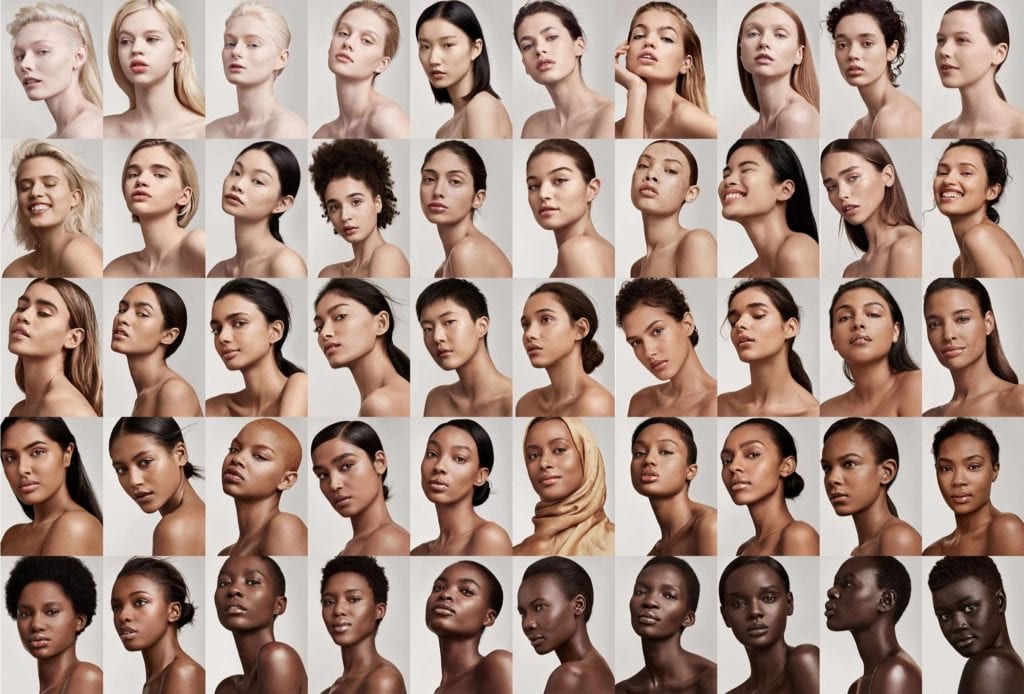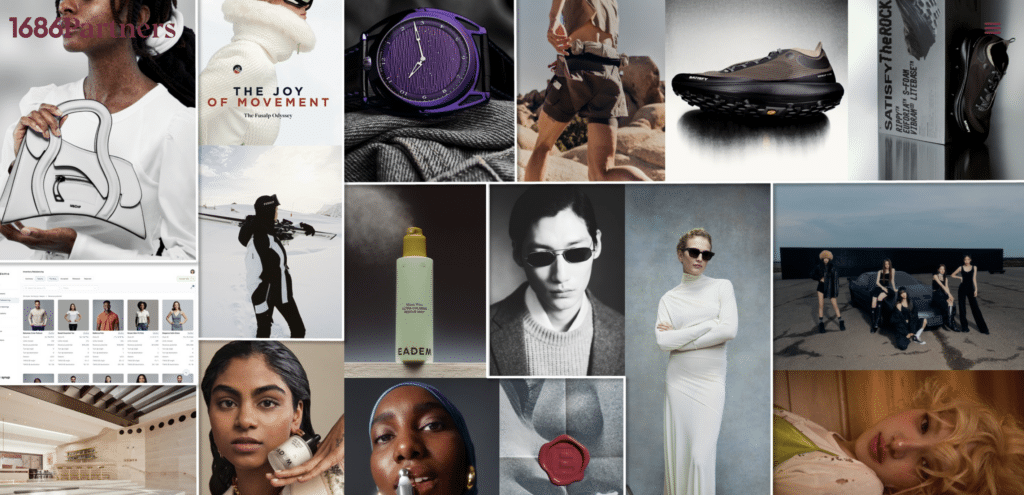Rihanna gave the beauty industry a run for its money when she launched Fenty Beauty in September 2017. Far from another run-of-the-mill, celebrity-fronted brand in the crowded beauty market, Fenty – with its headline-making 40 different shades of foundation – forced the $530 billion-plus global cosmetics industry to reconsider who it has been – and more importantly, who is has not been – catering to. By embracing a diverse pool of consumers, including previously underserved ones, Fenty managed to bring in a staggering $100 million in sales in its first 40 days of operation.
Now, almost 2 years later, Fenty Beauty – which Rihanna created in partnership with LVMH Moët Hennessy Louis Vuitton’s Kendo Brands beauty brand incubator – is offering up 50 different shades of foundation and has earned itself the sweeping title of bona fide industry disrupter. As Glamour asserted, the “Fenty Effect (i.e., the chain reaction of brands launching more inclusive shade ranges in response to Fenty’s fanfare) has dramatically changed [the industry’s approach to] foundation.” For instance, “CoverGirl, Maybelline, and Dior, to name just a few, all now carry 40 shades of foundation—MAC even has 60.”
So, how did Fenty manage to break through the noise that is the multi-hundred billion dollar beauty industry? While having a mega-star founder and highly-reviewed products in terms of quality certainly does help, Sandy Saputo, chief marketing officer at Kendo Brands, says that the authentic marketing at play cannot be overlooked.
“From the beginning, our founder Rihanna was very clear that absolutely no one was to be excluded,” Ms. Saputo said in a recent interview with Google. Bringing her vision of “Beauty for All” to the masses required the Fenty team to “break and disrupt all the traditional marketing rules and carve a new path,” one that would ultimately serve as a broad “call to action for all industries to do more and challenge the status quo.”
Interestingly, while “inclusivity” is the buzzword most frequently and closely tied to the Fenty Beauty venture by consumers and the media, alike, Saputo claims that the collection was not explicitly marketed that way: “We never once used the word ‘inclusive’ in our messaging.”
Instead, she says, “Our approach to inclusion marketing has always been about ‘showing, not telling’ … [we want] to share authentic stories that are rooted in culture and are emotionally meaningful to consumers.” That, she says, is a far better way to reach consumers than merely throwing around marketing keywords aimed at generating buzz. Judging by Fenty’s success – both in terms of visibility (it was“the biggest beauty brand launch in YouTube history,” per Saputo) to financial prowess, which LVMH has repeatedly name-checked in its annual revenue reports – she appears to be correct.














